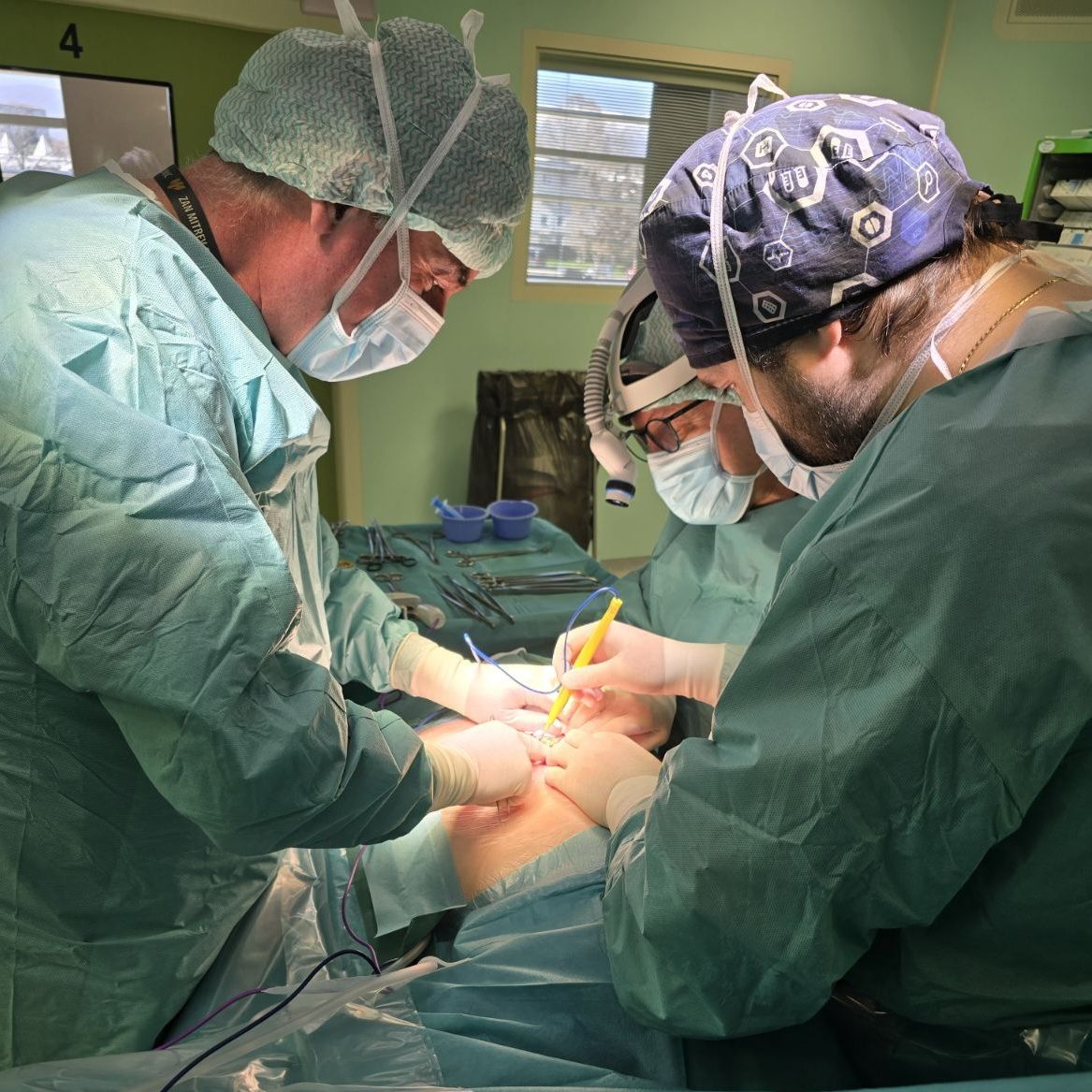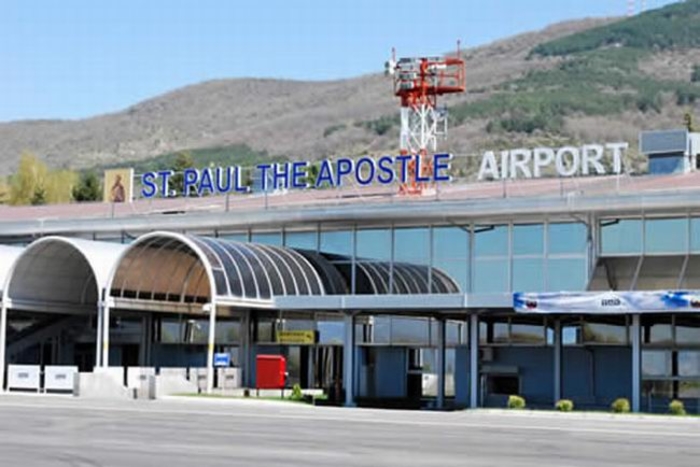 00389 2 3091 484
00389 2 3091 484
Frozen shoulder syndrome
April 4, 2019
Frozen shoulder is a clinical syndrome with vague etiology (no known cause). It is characterised by pain and limited movement in the shoulder area. In most cases, patients complain of severe pain especially during the night, and sometimes need to use analgesics so they can fall asleep.
The articular cartilage is thickened with fibrous changes. The x-ray shows increased bone density due to inactivity. Changes that occur in the shoulder joint are reversible and most cases result in full recovery.
This condition usually occurs after the fifth or sixth decade of life, but the onset may occur at any age. There is a primary and secondary frozen shoulder syndrome. The primary one occurs without a known cause and can not be associated with any other known disease, whilst the secondary is often accompanied by other diseases: diabetes, stroke with limb seizures, physical trauma, neck spondylosis, and similar.
The condition itself presents itself through three phases:
– Freezing phase (0 – 8 weeks)
– Frozen phase (8 – 16 weeks)
– Defrosting phase (over 4 months)
PHYSIOTHERAPY is the basic therapy for restoring shoulder functions in this condition, it aims to reduce pain and increase movement capacity. The use of medication therapy is only a remedy in the recovery process.
In the first phase of the frozen shoulder condition, exercises with moderate pace with stretching to the pain limit are used to preserve the movement capability, cryotherapy is additionally applied (ice therapy) before and after the exercises. Treatment can be combined with electrotherapy – ultrasound, TENS – transcutaneous electro-stimulation, kinesiotherapy and laser therapy to reduce pain, as well as swelling.
In the second phase of the frozen shoulder an emphasis is placed on exercises and stretching the shoulder area where the movements are less occurring. At this stage, emphasis is placed on retaining strength and restoring mobility in the shoulder as much as possible. At this stage it is recommended to apply kinesiotherapy tapes. The therapist is actively involved during this stage – assisting with exercises with movements that are most difficult for the patient.
The third phase is the stage where the movements in the shoulder have already started to return.
At this stage, “more aggressive” exercises are carried out however, only to the pain threshold, in order to reach full movement range.
Exercises for muscle strengthening on the shoulder belt that has weakened due to insufficient movement activity.
It is recommended at this stage to perform exercises with both hands in order to keep equal balance in both hands.
It is very important that the treatment be carried out by a qualified physiotherapist, so that the patient can receive appropriate therapy.
The Macedonian Physiotherapeutic Association, in cooperation with the FILA-FARM company, from Skopje, organises a Kinesiological Seminar and Workshop on 21 April 2019 at 10 am at the Zan Mitrev Clinic Skopje. Dr. Kenzo Kase – the innovator of kinesiotherapy techniques, will be a guest at this Seminar.
You can register your presence at the following email address: president@mfz.mk or dialling this phone number: 070772122.
Registration fee for members of the MFA is 1000 denars and for all the other is 1200 denars.
The registration fee should be paid at the this bank account 210072165990137 in NLB TUTUNSKA BANKA AD SKOPJE with the following payment description: kinesiotherapy seminar, no later than 15 April 2019.
The number of participants is limited.








